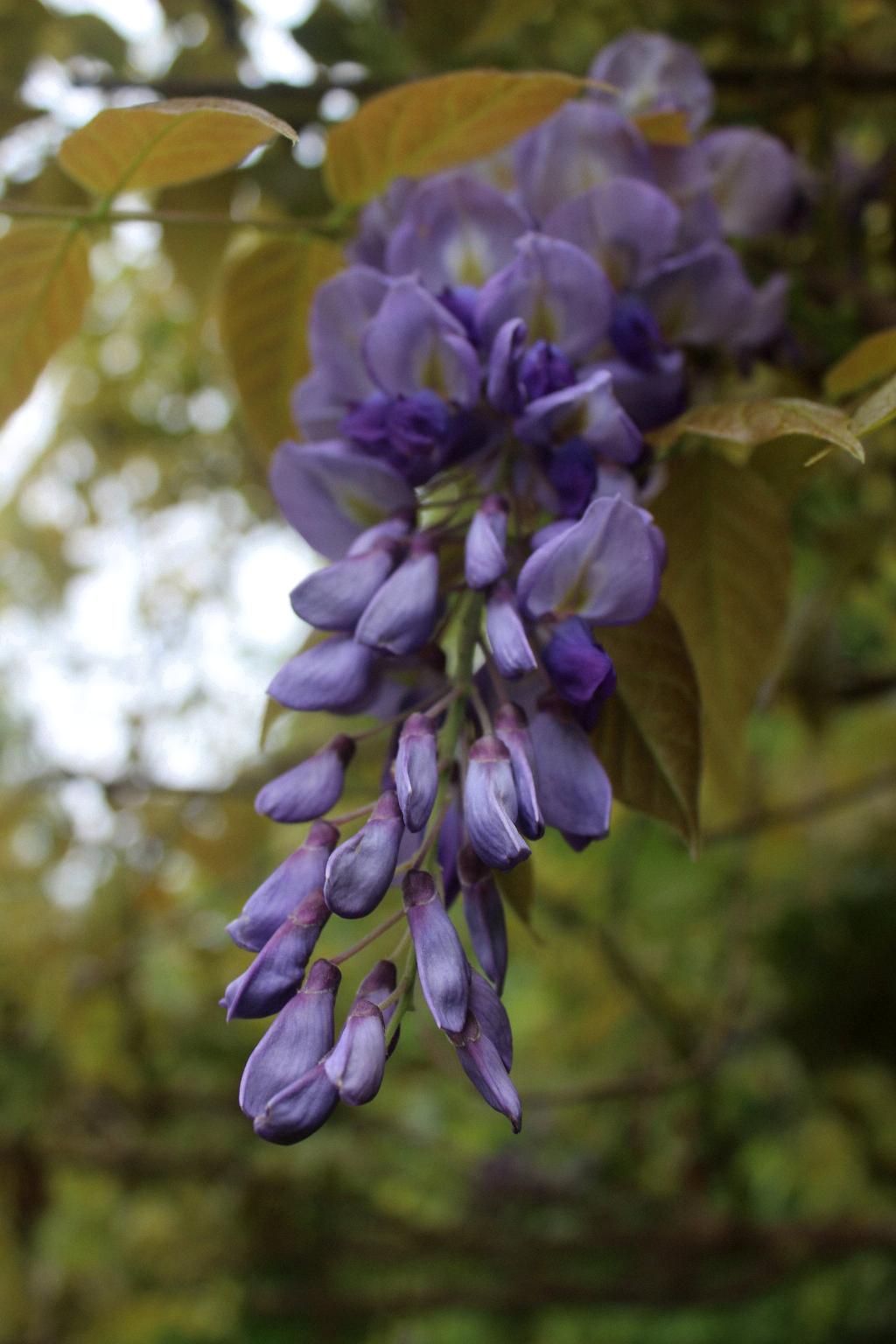Wisteria is a beautiful flowering plant that graces gardens and landscapes with its stunning blooms. However, there is a concern among many individuals about the potential toxicity of wisteria. It is essential to understand the risks associated with this plant to ensure the safety of both humans and pets.
The toxicity of wisteria lies in its seeds and seed pods. These hanging, velvety pods contain wisterin and lectin, harmful chemicals that can cause unpleasant symptoms if ingested. While the seeds and pods are the most toxic parts of the plant, it is vital to note that all parts of the wisteria plant, including the flowers and leaves, contain these toxic substances.
If wisteria seeds or seed pods are ingested, they can lead to a range of symptoms, including a burning sensation in the mouth, stomach pain, vomiting, and diarrhea. These symptoms can be quite uncomfortable and may require medical attention, especially in cases of significant ingestion.
While the toxicity of wisteria is a concern, it is essential to remember that incidents of severe poisoning from wisteria are relatively rare. Most cases involve accidental ingestion by curious children or pets. However, it is crucial to exercise caution when planting wisteria in areas accessible to children or animals.
It is advisable to familiarize yourself with the appearance of wisteria plants and their seed pods to prevent accidental ingestion. By recognizing these plant parts, you can take necessary precautions to keep children and pets safe from potential harm.
If you suspect that someone has ingested wisteria seeds or plant parts, it is essential to seek medical advice promptly. While most cases of wisteria poisoning result in mild symptoms, severe reactions are possible in sensitive individuals or in cases of significant ingestion.
To minimize the risk of wisteria poisoning, it is advisable to plant wisteria in areas that are out of reach of children and pets. Additionally, educating family members about the potential toxicity of wisteria can help prevent accidental ingestion and reduce the likelihood of poisoning incidents.
When planting wisteria in your garden, consider the location carefully to ensure that it does not pose a risk to children or pets. By selecting a suitable spot for the plant, you can enjoy its beauty without worrying about the potential dangers it may pose.
While wisteria can add a touch of elegance to any outdoor space, it is crucial to be aware of its toxic properties and take appropriate precautions to prevent accidental poisoning. By understanding the risks associated with wisteria and taking steps to minimize them, you can enjoy this beautiful plant safely.
Remember that prevention is key when it comes to wisteria poisoning. By being informed and proactive, you can create a safe environment for your family and pets while enjoying the beauty of wisteria in your garden.

